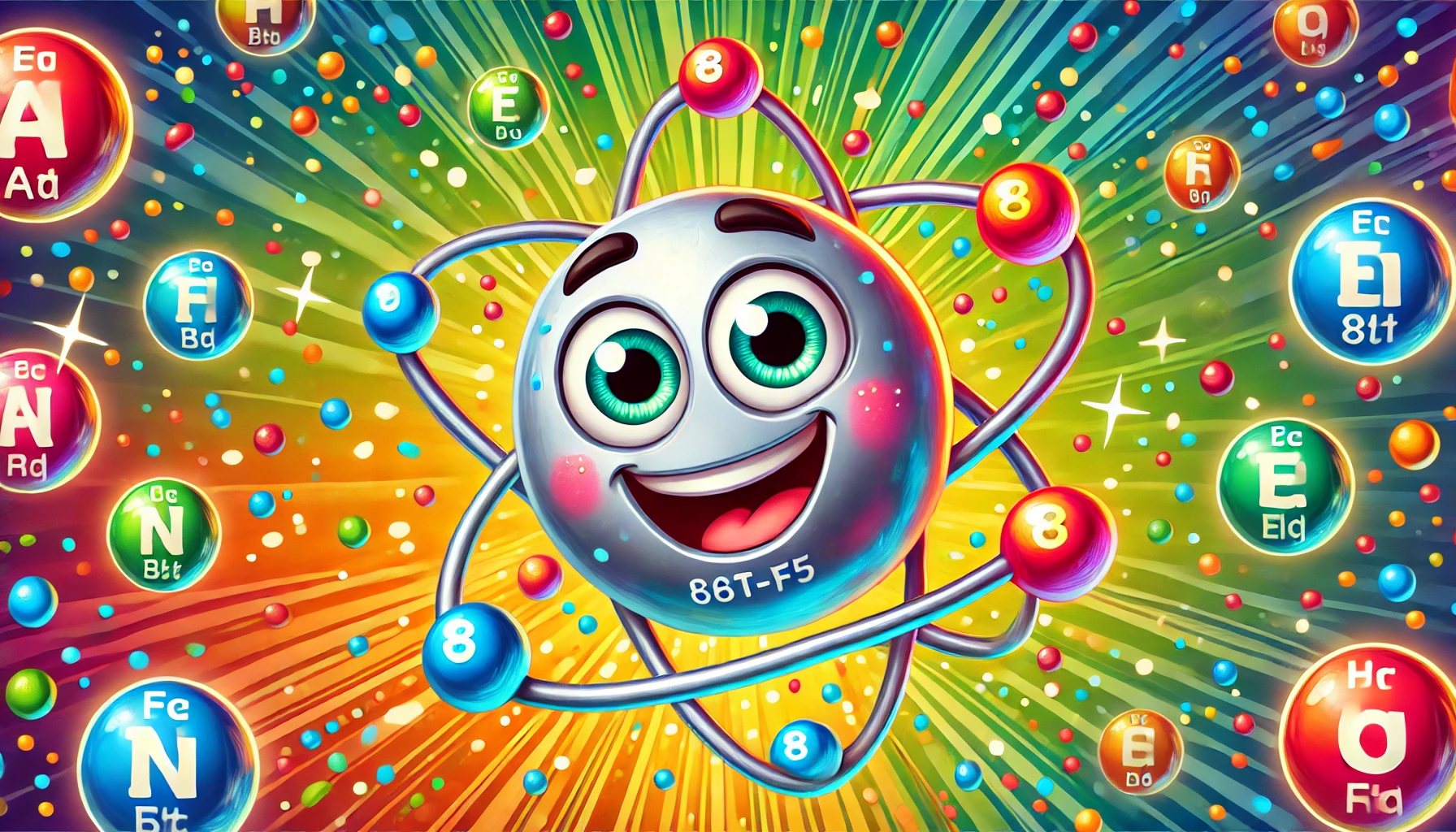Understanding Astatine: Properties, Uses, Health Risks, and Fascinating Facts
Understanding Astatine: Properties, Uses, Health Risks, and Fascinating Facts
Table of Contents
- Introduction to Astatine
- Properties of Astatine
- Uses of Astatine
- Health Risks of Astatine Exposure
- Interesting Facts about Astatine
- Environmental Impact of Astatine
- Conclusion
- References
Understanding Astatine: Properties, Uses, Health Risks, and Fascinating Facts
Introduction to Astatine Astatine is a chemical element with the symbol At and atomic number 85. It is the rarest naturally occurring element in the Earth’s crust, with properties that place it between those of iodine and polonium. This article explores the properties, uses, health risks, and interesting facts associated with astatine, providing a comprehensive understanding of this elusive element.
Properties of Astatine Astatine is characterized by several distinct physical and chemical properties.
Physical Properties
- Appearance: Astatine is presumed to be a metallic solid, but its exact appearance is unknown due to its rarity and radioactivity.
- Density: The density of astatine is estimated to be around 7 g/cm³, but this is not well-established.
- Melting Point: The melting point of astatine is estimated to be around 302°C (576°F).
- Boiling Point: The boiling point of astatine is estimated to be around 337°C (639°F).
Chemical Properties
- Reactivity: Astatine behaves chemically like a halogen (similar to iodine) but also exhibits some metallic properties.
- Compounds: Astatine forms various compounds, such as astatine monochloride (AtCl) and astatine trichloride (AtCl₃).
Uses of Astatine Due to its extreme rarity and radioactivity, astatine has very limited practical applications. However, it holds potential in specific scientific and medical fields.
Medical Applications
- Radiotherapy: Astatine-211, a radioactive isotope, is used in targeted alpha-particle radiotherapy (TAT) for treating certain types of cancer. Its alpha emissions are highly effective in destroying cancer cells with minimal damage to surrounding healthy tissue.
Scientific Research
- Radiochemistry Studies: Astatine is used in radiochemistry research to study the behavior of heavy halogens and to develop new radioactive compounds for potential medical applications.
Health Risks of Astatine Exposure Astatine is highly radioactive, and exposure can pose significant health risks.
Inhalation and Ingestion
- Radiation Poisoning: Inhalation or ingestion of astatine can cause radiation poisoning, with symptoms including nausea, vomiting, hair loss, and damage to internal organs.
- Thyroid Accumulation: Like iodine, astatine tends to accumulate in the thyroid gland, where it can cause localized radiation damage and increase the risk of thyroid cancer.
Skin and Eye Contact
- Radiation Burns: Direct contact with astatine can cause severe radiation burns on the skin.
- Eye Damage: Exposure to astatine dust or vapors can cause eye damage and potential blindness.
Chronic Exposure
- Cancer Risk: Prolonged exposure to astatine increases the risk of developing various cancers due to its high radioactivity.
Interesting Facts about Astatine Astatine has several intriguing aspects that make it an interesting element, despite its rarity.
Discovery
- Discovered in 1940: Astatine was discovered by American chemists Dale R. Corson, Kenneth Ross MacKenzie, and Emilio Segrè in 1940. They produced astatine by bombarding bismuth with alpha particles.
Unique Properties
- Rarest Element: Astatine is the rarest naturally occurring element in the Earth’s crust, with an estimated total amount of less than one gram at any given time.
- Short Half-Life: The longest-lived isotope of astatine, astatine-210, has a half-life of only 8.1 hours, making it highly unstable and challenging to study.
Isotopes
- Radioactive Isotopes: Astatine has no stable isotopes. There are around 39 known isotopes of astatine, all of which are radioactive, with astatine-211 being the most commonly used in medical applications.
Environmental Impact of Astatine Given its rarity and short half-life, astatine has minimal environmental impact. However, safety precautions are necessary when handling this element to avoid radiation hazards.
Natural Occurrence
- Abundance: Astatine is exceedingly rare in the Earth’s crust and is typically produced synthetically in particle accelerators for research and medical use.
- Mining: There is no commercial mining of astatine due to its extreme rarity and the difficulty of isolating it from other elements.
Pollution and Bioaccumulation
- Environmental Pollution: Astatine does not significantly contribute to environmental pollution due to its scarcity and rapid decay.
- Bioaccumulation: Given its properties similar to iodine, astatine could theoretically accumulate in living organisms, but its extreme rarity and radioactivity make this unlikely.
Conclusion Understanding astatine, its properties, uses, health risks, and interesting facts provides valuable insight into this rare and highly radioactive element. While astatine has limited practical applications due to its scarcity and instability, it holds promise in specialized medical treatments and scientific research. Appropriate safety measures should always be taken when handling astatine to minimize exposure and health risks. Its discovery, unique properties, and potential applications highlight the importance of ongoing research into this elusive element.

<ⓒ WizardMedics (wizardmedics.com)>






